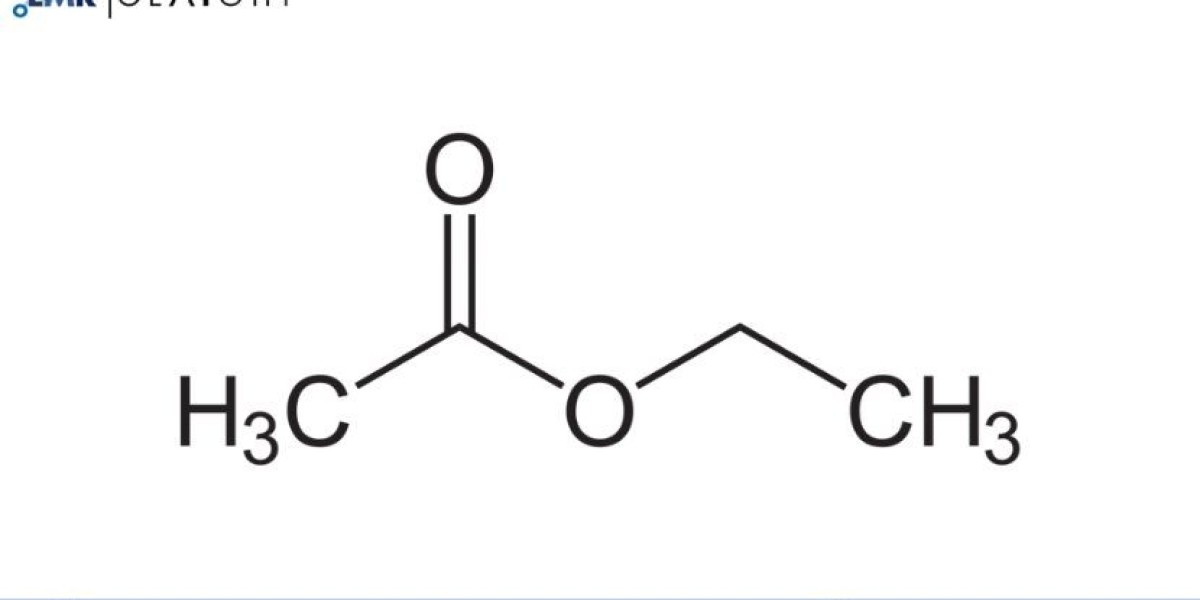Shrimp may be small in size, but their economic impact is massive. A staple in global seafood markets and a primary export product for countries across Asia and Latin America, shrimp farming plays a vital role in food security and livelihood. However, with intensive aquaculture comes increased vulnerability to disease outbreaks—some capable of wiping out entire farms. That’s where the shrimp disease diagnostics market is making waves, offering crucial solutions for early detection and management of aquatic diseases.
The Threat Below the Surface
Shrimp farming environments—typically high-density and warm water systems—are ideal breeding grounds for bacteria, viruses, and fungi. Diseases like White Spot Syndrome Virus (WSSV), Early Mortality Syndrome (EMS), and Infectious Hypodermal and Hematopoietic Necrosis (IHHNV) are just a few that can devastate populations if not addressed early.
Conventional diagnosis methods often rely on clinical signs and microscopy, but these approaches can be slow and nonspecific. Today, shrimp farmers are turning to advanced diagnostic tools like PCR kits, immunoassays, biosensors, and molecular detection technologies to accurately and rapidly detect pathogens—even before symptoms appear.
Why Early Detection is a Game-Changer
For shrimp farmers, time is money. A delayed response to disease can result in mass mortality, lost revenue, and negative trade implications. Accurate and early diagnostic testing helps identify infections in their infancy, allowing for prompt intervention with antibiotics, probiotics, or environmental controls. The shrimp disease diagnostics market empowers farmers to adopt preventive aquaculture instead of reactive crisis management.
These tools are also key to maintaining biosecurity protocols, ensuring that disease doesn’t spread from one pond—or region—to another. In fact, many countries now require certified disease testing as a condition for shrimp export, especially in high-demand markets like the U.S., Japan, and the EU.
Innovations Making a Splash
The industry is not just relying on traditional tools. Recent innovations include portable PCR devices that allow for on-site testing, AI-powered pathogen detection platforms, and smartphone-based diagnostic apps that provide real-time results. The trend toward automation and digital aquaculture is transforming how farmers monitor shrimp health, water quality, and feed usage.
Some startups are also focusing on developing non-invasive diagnostic techniques, where water samples are tested instead of tissue, reducing stress on the animals and enabling frequent testing.
A Peek at the Market Pulse
While this isn’t your typical market report, it’s worth noting that the shrimp disease diagnostics market is experiencing steady growth. Valued in the multi-million-dollar range, it’s expected to grow at a healthy pace through the end of the decade. Regions like Southeast Asia and Latin America, being shrimp production hubs, are leading the demand.
Factors such as rising disease outbreaks, the need for export-quality assurance, and increasing investments in aquaculture research are contributing to this growth. Companies specializing in veterinary diagnostics, aquaculture biotech, and molecular testing are actively entering the space.
Challenges Still on Deck
Despite all the progress, a few challenges remain. Diagnostic tools can be expensive for small-scale farmers, and lack of training in test interpretation often leads to misuse or misdiagnosis. Furthermore, regulatory standards for diagnostics vary from country to country, creating inconsistencies in quality and reliability.
Education, awareness programs, and public-private partnerships will be essential to make diagnostic tools more accessible and affordable, especially in rural aquaculture communities.
Shrimp Health Is Ocean Health
As aquaculture continues to feed the growing global population, shrimp will remain a key player in the blue economy. Protecting them through proactive disease diagnostics not only ensures farmer livelihoods but also supports sustainable seafood production. The future of shrimp farming lies in smart health monitoring, early detection, and resilient ecosystems—and diagnostics are at the heart of that future.
About Market Research Future (MRFR)
Market Research Future (MRFR) is a global market research firm that provides comprehensive insights into market trends, drivers, challenges, and opportunities. We offer a broad range of market intelligence reports and consulting services to help businesses and enterprises in various industries make informed decisions
Media Contact:
Market Research Future (MRFR)
Phone: +1-646-845-9312
Email: contact@marketresearchfuture.com
Website: marketresearchfuture



